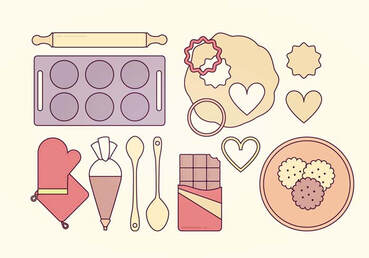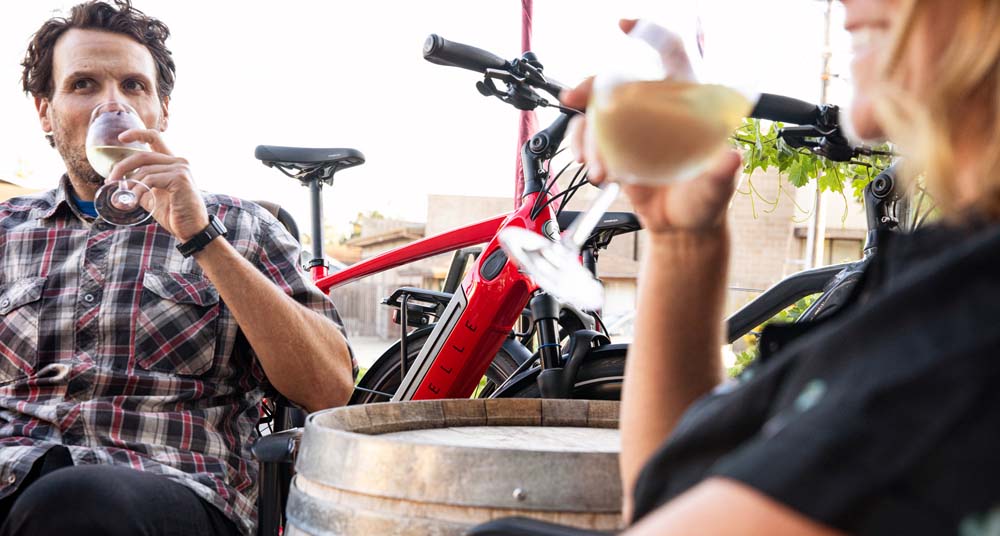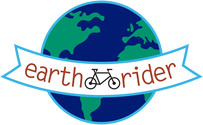
Protein bars are a popular snack food for a ride on a bike and with good reason. They are a source of nutrition, and their compact size makes them easy to put in a jersey pocket or bike bag to eat along the route. Protein is considered essential to the growth and repair of virtually all cells and body tissues. Although there are many protein bars on the market, if you are looking for a bar that meets your preferences and to reduce processed food in your diet, it is easy to make protein bars yourself that are tasty and healthy.
Why Protein
Our bodies need protein for building, maintaining and repairing muscles. Protein makes up our hair, skin, nails, and organs and the amino acids in proteins help our brains function. Many of the most popular diets prioritize protein. Your body uses protein to build and repair body tissues, to make enzymes, hormones, and is used as important building blocks of bones, blood, skin, cartilage and muscles. Protein assists in energy metabolism and cellular processes, and also defends the body against disease via optimal immune function. Other foods that are sources of protein are
About Protein Bars In the late 1980s, two distance runners who were living together in the Bay Area blended vitamins, oat bran, milk protein and corn syrup in the kitchen, creating what would become a PowerBar, one of the first modern protein bars. By the mid-1990s protein bars were a phenomenon used by athletes and non-athletes alike. Protein bars available in the grocery store, gas station, gym, or big box store personal care isle vary significantly by brands and even between flavors due to varying ingredients. Key ingredients are dates, dried fruit, nuts, seeds, and grains such as oats or quinoa. Sources of protein may be yogurt powder, milk, egg whites, dairy proteins such as casein and whey, or plant-based sources like soy, pea, brown rice, nuts, and seeds. On the negative side, some contain added sugar and sweeteners such as high fructose corn syrup. Benefits of Protein Bars Protein bars, whether commercial or homemade, are a convenient ready-to eat snack before, during, or after a bike ride for a boost of energy before or during a ride or aid muscle repair afterwards. They may also be a source of your daily need for dietary fiber which aids in digestive health, and a source of vitamins and minerals such as calcium, iron, magnesium, potassium, phosphorus, vitamin E, and vitamin B. Eating protein bars may have the following benefits
Eating protein bars should be part of a balanced with a well-balanced diet. Incorporating healthy protein bars or protein rich foods into each meal and snack to help you feel fuller longer, fuel your workouts, and support an overall healthy lifestyle.
Homemade Protein Bar Recipe
Ingredients: 1 cup rolled oats 1/2 cup almond butter, peanut butter, or cashew butter 1/3 cup honey (or maple syrup) 1 scoop vanilla protein powder (or unflavored protein powder plus 1 tsp additional vanilla extract) 1/4 cup chopped nuts (such as almonds or pecans) 1/4 cup dried fruit (such as raisins or cranberries) 1/4 cup chocolate chips 1 tsp vanilla extract Pinch of salt Instructions:
Notes: You can mix and match the nuts, dried fruit, and chocolate chips to your liking. Just make sure to keep the proportions roughly the same. For an extra boost of protein, you can sprinkle some extra protein powder over the bars before baking them. Nutritional Information (per bar): Calories: 200-220 Protein: 12-14g Carbohydrates: 22-24g Fat: 8-10g Fiber: 3-4g Sugar: 12-14g Comments are closed.
|
Earth Rider Blog about CycingAuthorSharon Kaminecki and others comment on adventures in bicycling and other stories Categories
All
Archives
August 2023
|



